Find a book

A Book a Month
We can send a book a month for six or twelve months - the perfect gift. More »

Café Music
Listen to our album of Café Music while browsing the site. More »

A parallel in pictures to the world of Persephone Books.
To subscribe, enter your email address below and click 'Subscribe'.
28 June 2017
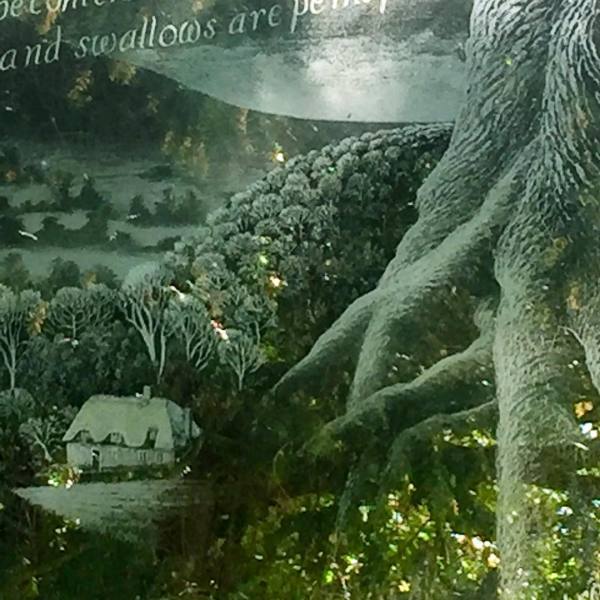
And this is the right-hand panel in detail, the tree is gnarled and leafless, and higher up the trunk is an officer’s Sam Brown belt and army helmet: to remind the viewer that this poet of the English countryside found his great gift as a poet in war time; and on the left is the thatched cottage at Hodson Bottom, Witlshire where the family had lived happily long before the war.
27 June 2017

This is the entire window. It’s certainly worth making a special trip to Eastbury to see it (although the church probably isn’t always open), and let’s not forget that this amazing window was paid for by public subscription – over 600 people.
26 June 2017
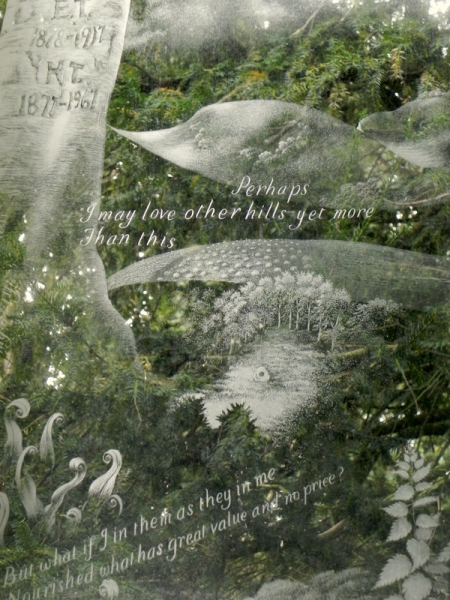
At St. James, Eastbury (in Berkshire) there is a stunningly beautiful memorial window to Edward and Helen Thomas (whose memoirs As It Was and World Without End we publish in the near future. The window In Celebration of the Lives of Edward Thomas, Poet, and Helen his Wife was engraved by Laurence Whistler in 1971; through it may be seen trees and the lines of the Berkshire Downs. The design shows a symbolic landscape framed by two trees, one budding, one bare: between them formal hands of sunlight confer a blessing on their names. This is the left-hand panel showing a tall tree in full leaf with quotations from nine of Edward Thomas’s poems.
23 June 2017
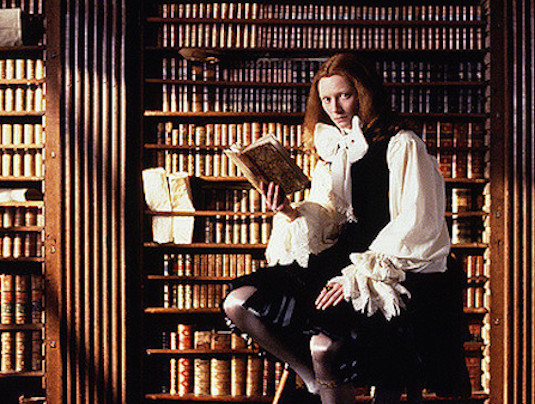
Orlando: a Biography was published in 1928 and was inspired by Virginia Woolf’s affair with Vita Sackville-West. ‘It presents a woman’s view of history through a subversive mock biography of an Elizabethan nobleman … Virginia Woolf’s extraordinarily funny and profound vision reminds us that not every history has to take a conventional viewpoint.’ (Of course the profundity has been wrecked, for some of us, by the deliciously funny Gloomsbury: when things have been particularly grim in recent months – it’s a year today since the Referendum – an episode of Gloomsbury has been a great help; we sell the box set in the shop.)
22 June 2017
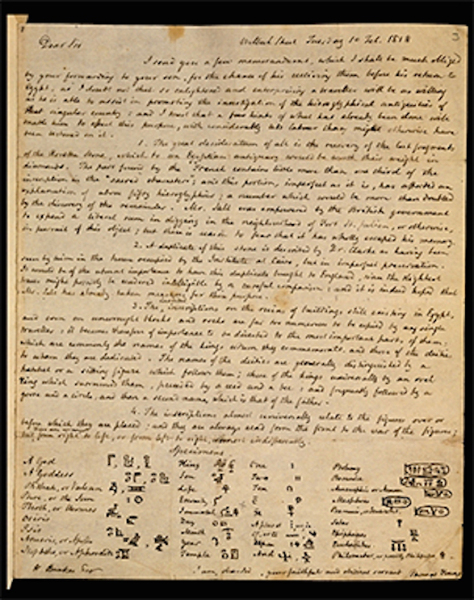
‘Persecution in Europe affected many establishment figures. In nineteenth century England, sodomy remained a capital offence and one individual whose life was wrecked was the British dilettante, antiquarian, MP and close friend of Lord Byron, William John Bankes (1786–1855). In this letter of 1818, the English polymath Thomas Young (1773–1829) writes to the father of Bankes asking it to be forwarded to his son who was travelling in Egypt. Young asks the gentleman traveller to look out for the missing fragments of the Rosetta Stone. In 1815 Bankes discovered an obelisk which later played a significant role in the decipherment of hieroglyphs.’ More about Bankes on the British Museum website here. And of course Anne Sebba has written a fascinating biography of him which we sell in the shop.
21 June 2017
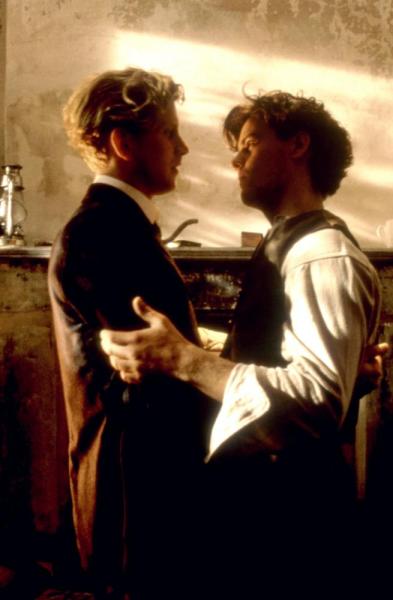
E M Forster began writing Maurice in 1910 and finished it in 1914, its impetus being the unexplained suicide of his friend and contemporary Ernest Merz in the summer of 1909. Maurice is a novel about how things might have been in a less repressive society. This is a still from the end of the (excellent) 1987 film: despite society’s constraints, the lovers (played by James Wilby and Rupert Graves) will have an enduring relationship.
20 June 2017
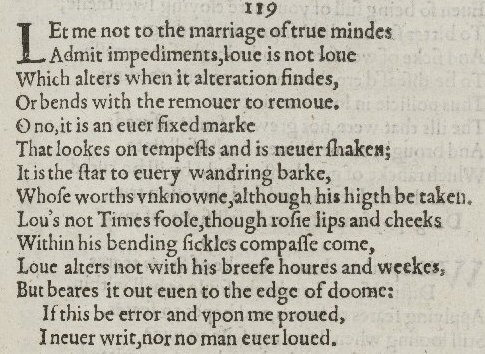
‘Shakespeare’s sequence of 154 sonnets is mostly addressed by the poet to a man, while some of poems are to a mistress. They were first published in 1609, but in a later edition of 1640 many of the masculine pronouns were changed to feminine … It is of course impossible to guess an author’s private life from reading his fictional works, but it is noteworthy that some of the greatest love poetry written in English is apparently by a man to a man.’ This is Sonnet 116 (not in fact 119) in the 1609 edition.
